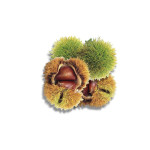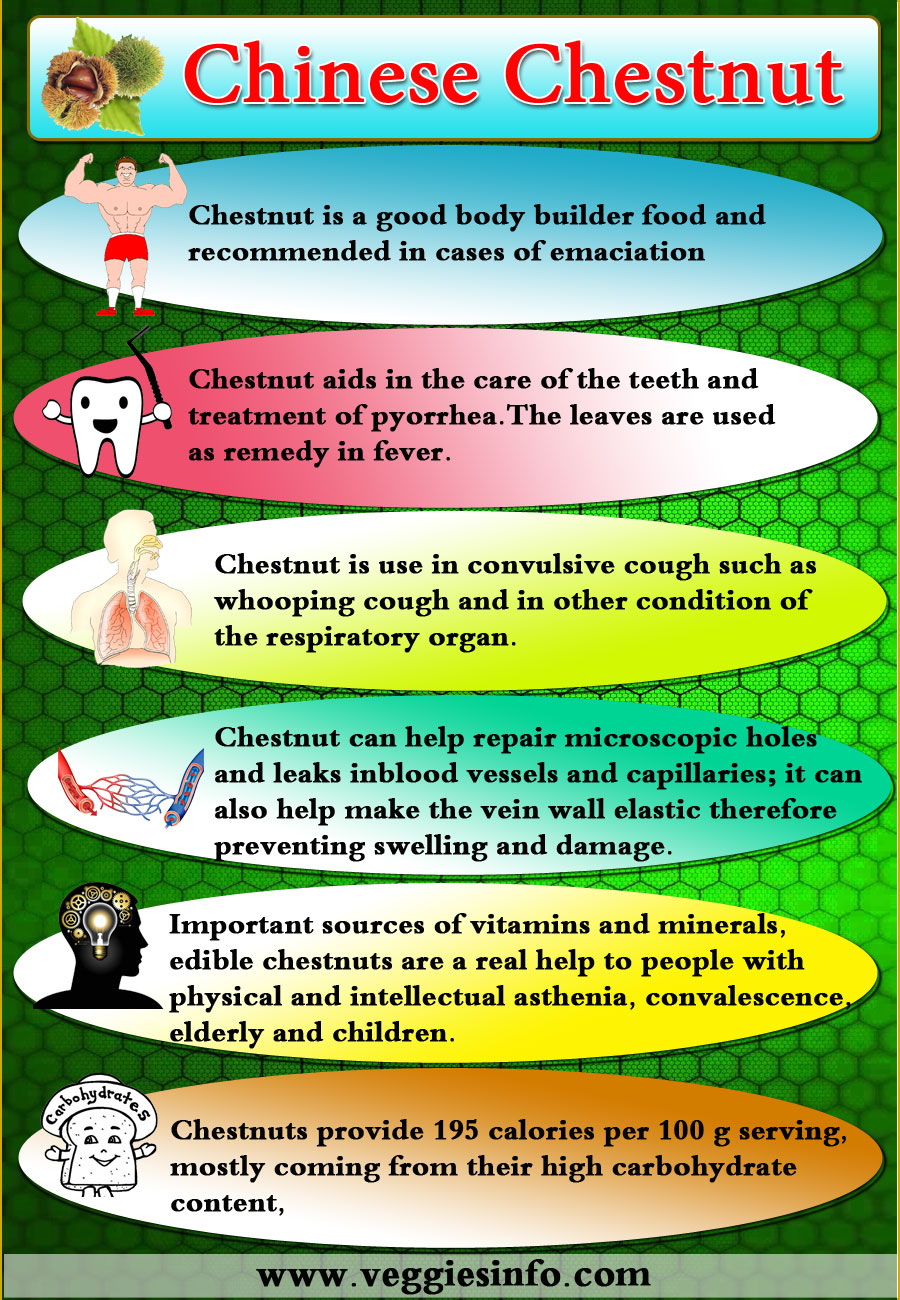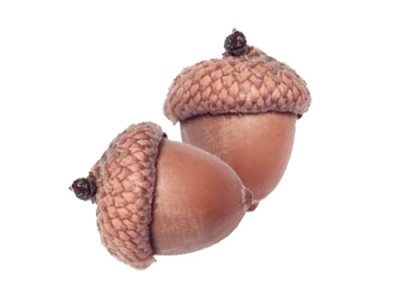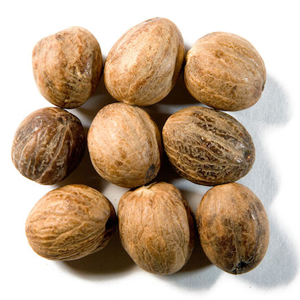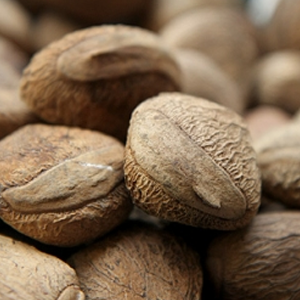
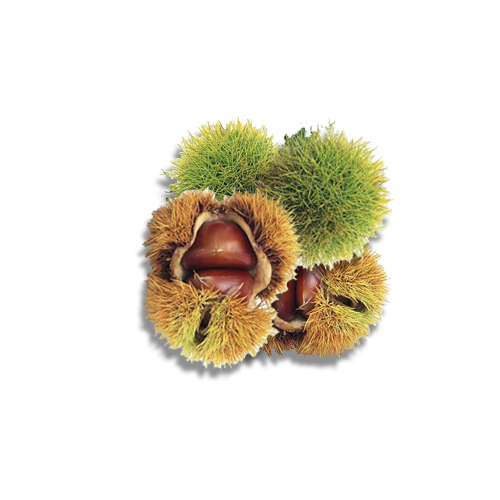
Edible Chinese Chestnut Health Benefits
Chinese Chestnut
The Chinese Chestnut belongs to the Fagaceae family and is a species found in China, Taiwan and Korea. The scientific name of the nut is Castanea mollissima. It is a blight-resistant tree that is rapidly gaining popularity across the globe by virtue of its highly useful features. Historically, demand for chestnuts in the United States has been highest in ethnic markets (European and Asian, for example) but chestnuts are being more widely accepted as Americans always look for healthy and novel food products. The University of Missouri Center for Agroforestry conducts one of the nation’s most comprehensive programs for developing the Chinese chestnut into a profitable orchard crop.
How it is Cultivated
[tribulant_slideshow gallery_id="100"]
These edible nuts of high nutritional values and the trees are widely cultivated in eastern Asia. Chinese chestnuts cross-pollinate well when cultivated in close vicinity to other chestnut species like the American chestnut and sweet chestnut to form hybrids. The nuts are also proven to be of high beneficiary value for wildlife.
Where it is Grown and Consumed
Chinese chestnut trees grow best in well-drained, loamy to sandy loam soils. Heavy, poorly-drained soils, or soils that have a perched water table during wet seasons give birth to Phytophthora root rot, a devastating disease of chestnuts. Soils should be slightly acidic for the best crops. The shade of its spreading canopy is dense providing good relief from the hot and dry climate where it grows well. Most Chinese chestnuts can tolerate -20° F temperatures when fully dormant, but it is strongly recommended that frost pockets be avoided as planting sites, to avoid injury to swelling buds in the spring. Site selection also plays a vital role in the quality of the Chinese chestnuts.
These are available in the market in the form of the following products:
Fresh, roasted or raw in-shell chestnuts, chestnut flour, mixes/gift packs, sweet chestnut puree/marron glaces, dried chestnuts, chestnut snack packs, chestnut honey, chestnut wines, beer and liquor, frozen and peeled chestnut meats. These sweet-tasting nuts are often roasted for holiday eating and are widely popular and chosen across Turkey to be filled in various recipes.
Chinese Chestnut Health Benefits
- Chinese chestnuts have evolved over a long period of time in coexistence with the bark fungal disease chestnut blight.
- It has obtained a very strong resistance and immunity against the disease.
- Chinese chestnuts are a healthy, low-fat food ingredient.
- The chestnuts are a good combination of carbohydrates, proteins, fats, vitamins, sterols and minerals with a decent balance of all of these.
Protect The Chest Nuts
Pest management steps are to be taken against mammals and insects that create heavy damages to the nuts and the trees as well. Rabbits and voles are attracted to the trees to feed upon when the trees are young and smooth with a thin bark. Yellow neck caterpillar, potato leafhopper and oriental chestnut gall wasp cause a major damage to the Chinese chestnut crops which leads to toxic products being embedded into the chestnuts which are thus rendered inedible.

